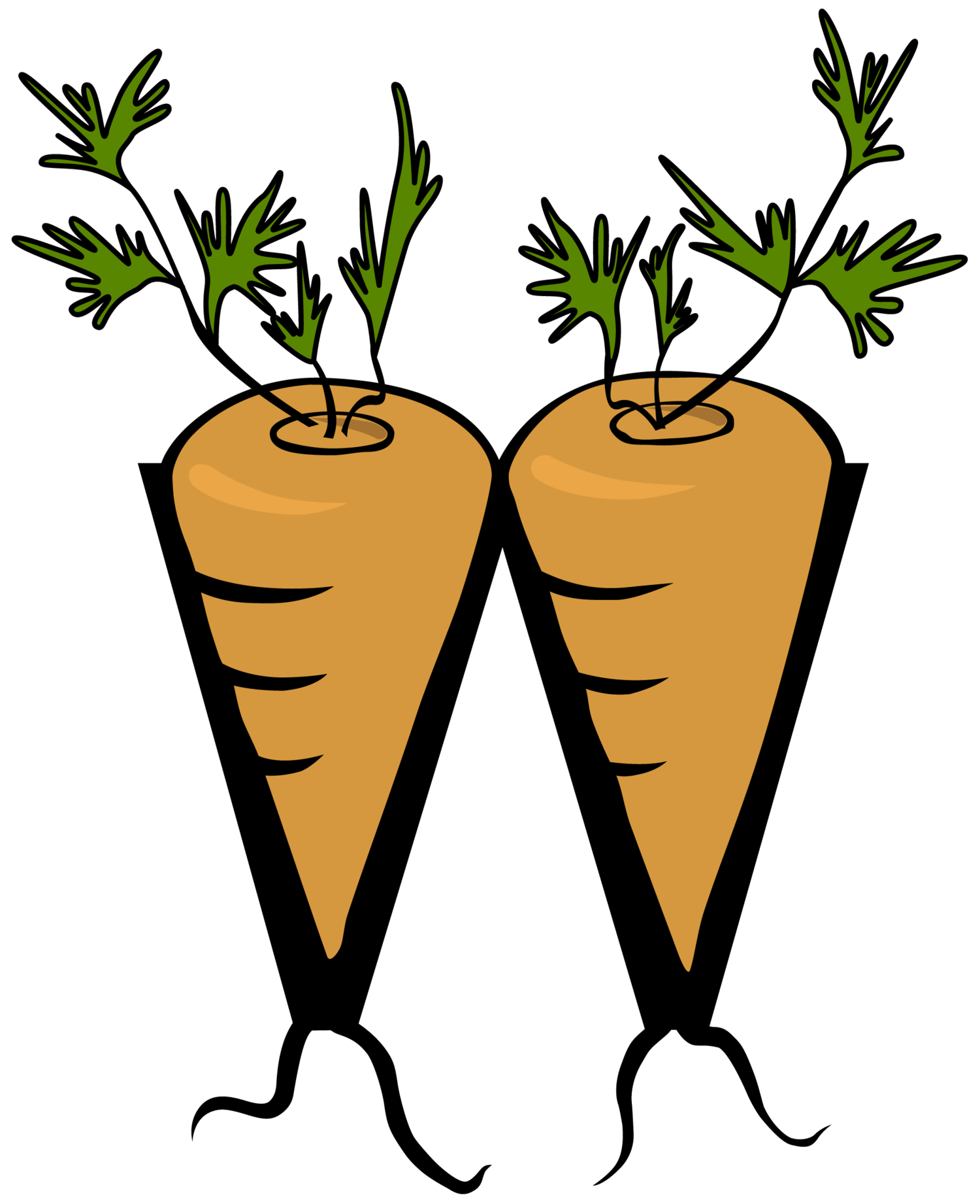No-Till at Wonka’s Harvest
In the world of regenerative agriculture no-till has become a buzz word, but what does it really mean? When farmers and gardeners use this term, they might mean different things. At the 2025 Organic Vegetable Production Conference this past January, there was a group discussion panel dedicated to this topic. It was fascinating to listen to farmers discuss how they practice no-till on their farms. It got us reflecting on our no-till practices here at Wonka’s Harvest, and we wanted to do a blog post to inform our community on our current and evolving practices.
In general, no-till refers to practicing agriculture without using tractor tillage. However, some go further to mean not disturbing the soil at all. At Wonka’s we are somewhere in the middle. We do not use any tractor implements in our fields besides the bucket to haul and dump compost into wheel barrows. We do disturb the soil some, using broad forks and hoes for various tasks related to bed forming, weeding, and harvesting. Other techniques we use include; large tarps to suppress weeds, various hand weeding techniques, compost mulching, and cover cropping. If you are curious about exactly how we practice no-till, keep reading!
Many farms are transitioning away from conventional tillage to minimum-tillage or no-till, but Wonka’s Harvest has been practicing no-till from day one! It has always been a goal of the farm’s to produce food on a smaller footprint, both acreage and soil impact. Way back in the day (five years ago) in 2020, the field that we now grow our vegetables in was part of an alfalfa hay field. The field was transformed into a vegetable field by placing silage tarps over the alfalfa for one year. The silage tarp is used to solarize the living material and break down the perennial grasses and alfalfa.
The first tarp to be down. Since then, we have repositioned, moved, and folded (to our best abilities) these tarps more times than we would like to admit. We also realized we need 50 times more rocks on the tarps for them to stay put.
The following year, Patty and the crew manually shoveled out any stubborn roots as they began building out their beds. For anyone who hasn’t worked with alfalfa before, the most common way to kill it is by spraying glyphosate and plowing repetitively because the tap roots are so deep and resilient. That same spring, the crew wood chipped down logs from the nearby woods that were applied for the pathways to try to boost mycorrhizal fungi activity in the soil.
For context - this an alfalfa root exposed several feet below the surface during greenhouse excavation.
The first beds ever built at Wonka’s Harvest! Bed numbers 201 - 208.
The first ever direct seeding to happen at Wonka’s Harvest using the Jang.
Early into Wonka’s Harvest’s first growing season!
At this point you might be thinking, this no-till thing is sounding manual labor intensive! And you would be correct. Since we don’t use the tractor in the field besides for hauling compost, the farm is completely run by human muscle. In a recent online presentation on reducing tillage, I heard one farmer remark with distain that “no-till is a young man’s game.” At Wonka’s we are constantly thinking of ways to improve our ergonomics and use the tools we have to reduce the strain on our bodies.
Organizations like FairShare and The Midwest Vegetable Growers Network and University of Wisconsin Madison Extension offer trainings on farm ergonomics. We went to a workshop last spring, and it was well worth our time.
Bed Forming
For us, bed formation is one of the most labor intensive things we do on the farm. Our beds are permanent beds, meaning that they stay in the same location year after year. They are also considered raised beds because the soil is mounded up. To make a new bed, we begin by using string to measure out 2 foot by 45 foot beds. We then broad-fork the soil, gently pushing the forks in and pulling back to lift up the top layer. We then follow this with a pass with the stirrup hoe to loosen any soil chunks that formed from broad forking. We then cover the soil with a layer of compost, about 2 inches thick. The thickness of the compost application may vary depending on what crop we are planning to direct seed or transplant into those beds. From there we sprinkle nutrients on the beds to enhance the minerals in the soil. This also is dependent on what crop is going in those beds.
If we are flipping a bed from one crop to another during the season, we do a similar process. If the bed is still mounded and fluffy, we may just yank out the previous crop and plant right into the soil. If the bed has become compacted or is overrun by weeds, we may do the broad-forking, hoeing, and adding a compost layer all over again.
The compost we use is from Purple Cow and uses a substrate of horse manure and municipal food waste. For us, using compost serves two main purposes. The compost provides a mulch, blocking the sunlight from weed seeds below. In addition, the application of compost provides food for microorganisms in the soil and helps keeps our soil food web sustained.
Love N Fresh Flower Farm is a cut flower farm farm out of Pennsylvania that practices no-till and they wrote a blog post that details their bed preparation procedure. In this method, the farmers utilize cardboard strips as a layer between the cover crop and the compost. In a follow up blog post, farmer Jennie Love writes her lessons learned about this method.
No-till farmers are constantly updating their systems in response to variables like weed pressure, soil moisture, crop vitality, pests, and human physical limitations.
Tarps
We use large silage tarps on our fields to terminate cover crops and smother weeds. The tarps are opaque and have one white side and one black side. These are difficult to move and require a team of at least 2 or 3 people. We use our abundance of sandstone rocks left over from green house excavation to weigh down our tarps. Our crew has become attuned to the “perfect rock;” one that is large enough to hold down about 4 square feet of tarp, while also being light weight enough to toss easily from person to person in our worker “trains.”
In the past we have left tarps on for up to two years at a time, with the theory that this would offer a long term, low maintenance rotation that kills weeds and provides a clean slate for planting. However, we now know that while tarps are great tools for suppressing weeds and cover crops in the short term, in the long term they end up depleting the soil to the point of desertification. If the soil doesn’t have any living roots growing in it for long periods of time, the biology that supports every function from decomposition to seed germination comes to a halt.
This year we uncovered one of our two-year tarped blocks, to plant garlic into. I am curious as to what kind of crop we will have after the soil has had nothing to feed itself with for such an extended period of time. My hope is, without repeated long-term tarping, our soil biology will bounce back, and we will have succeeded in indefinitely terminating persistent alfalfa reemergence.
Moving forward, we are planning on using tarps as seldom as possible, leaving them on just long enough to kill weeds or weaken cover crops. This should ideally take no longer than one month or two. We are excited to continue experimenting with cover crop rotations!
Cover Crops
When it comes to cover crops, there are two main categories. Summer terminated and overwintered. The main point of cover crops is to keep living roots in the soil as much as possible to feed the microorganisms in the soil so farmers can keep growing their cash crops year after year.
In order to figure out which cover crops to use, the first step is take soil samples. Different cover crops mine, so to speak, different kinds of nutrients from the soil and through the decomposition of their plant bodies, provide those nutrients to cash crops. Therefore, it is very useful to get a soil sample so the farmer can know which nutrients to target.
It is also key to determine how to properly terminate the cover crop so it doesn’t set seed and become a weed problem. Apparently, the best time to kill a cover crop is when the plant has just about begun to open up its flowers. At this time, all of the plant’s energy is directed at reproduction, and so it becomes vulnerable to practices like crimping (knocking the plant over on its side.)
This is the first year Wonka’s has experimented with over wintered cover crops. In our 2024 season recap blog post you can read about our first cover cropping trials. As spring approaches, we are working on updating our standard operating procedures and writing up cover crop plans to follow as the season unfolds. Some cover crop things that I would love to see this season include;
-successfully terminating our winter rye cover crop experiments and planting our peppers into them!
-using short lived summer cover crops such as peas and buckwheat to suppress weeds before bed turn over
-planting either a rotation or a longer lived combination of cover crops in our blocks that are out of production for the season
-experimenting with using cover crops as bed edging and in the pathways
-seeding a legume cover crop (I’m thinking soy beans) with some of our perennials like asparagus and rhubarb
-trialling winter rye in more blocks to take us through to the 2026 season
Summary & Resources to Learn More!
It is important to us that our customers know how we grow our vegetables, flowers, and herbs. In this blog post we highlighted some major no-till things we do at Wonka’s Harvest, but these aren’t the only considerations for running our farm! We hope to keep sharing our 2025 season story as it unfolds!
Here is a list of resources I have compiled about growing no-till:
I will keep updating this list as I find more juicy resources <3
No-Till Growers Forum — a resource where farmer’s can have conversations and share resources about no-till topics
No-Till Growers Youtube — Farmer Jesse makes informational videos
MVEG Production & Technical Resources Catalog - helps growers source supplies, find physical and mental health support, and climate change resiliency resources
Love N Fresh Flower Farm’s Blog- rich information on Farmer Jennie Love’s experiments — Check out her podcast as well: The No-Till Flower’s Podcast for more ear candy









